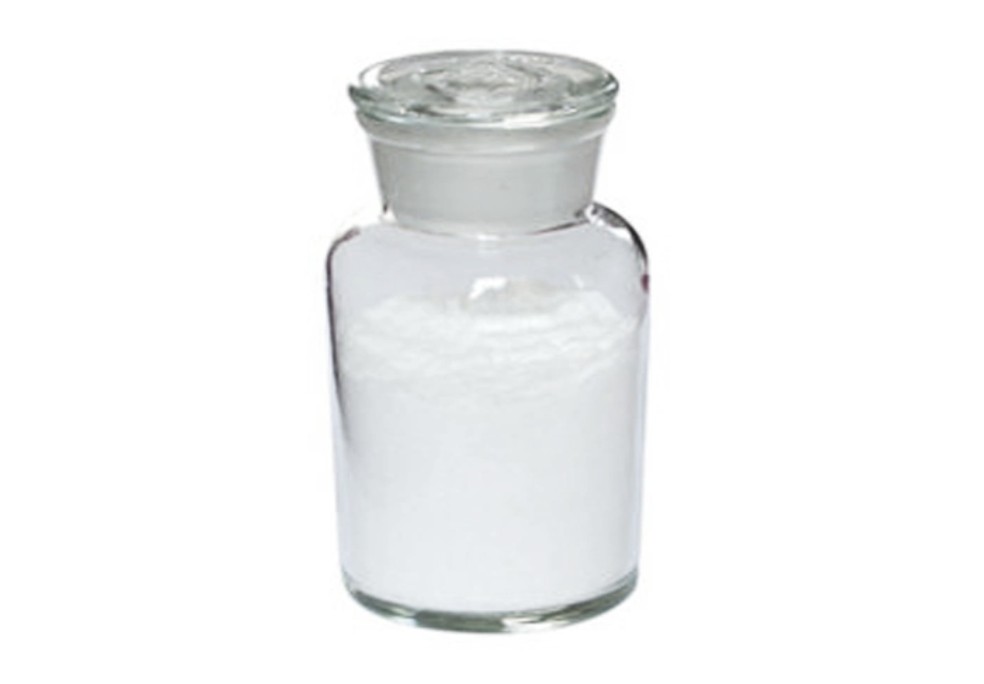Xylazine Hydrochloride is α2 class of adrenergic receptor agonist.Target: Adrenergic ReceptorXylazine is a drug that is used for sedation, anesthesia, muscle relaxation, and analgesia in animals such as horses, cattle and other non-human mammals. An analogue of clonidine, it is an agonist at the α2 class of adrenergic receptor. Xylazine has recently emerged as a recreational drug, especially in Puerto Rico [1]. Administration of xylazine (0.17 mg/kg of body weight, diluted to a 10-ml volume, using 0.9% NaCl) induced approximately 2.5 hours of local analgesia without apparent side effects. Higher doses of xylazine caused mild hind limb ataxia. Administration of lidocaine induced a similar duration of analgesia, with severe hind limb ataxia (100% incidence). We concluded that xylazine given by epidural injection results in safe, effective perineal analgesia in horses.
Xylazine is used as a sedative and analgesic in Cervidae and other species of wildlife when it is desirable to produce a reversible state of sedation accompanied by a short period of analgesia.
Xylazine hydrochloride is an alpha-two agonist with sedative, analgesic, and muscle relaxant properties. It was developed by the Bayer company in Germany in the 1960s and thus has a long history of use in veterinary medicine and wildlife.
It is an excellent sedative and muscle relaxant that can easily be delivered using small darts, resulting in more accurate dart delivery and reduced trauma to the animal. It is commonly used in conjunction with ketamine, etorphine and carfentanil in numerous species.






















